Tags: Asteroids
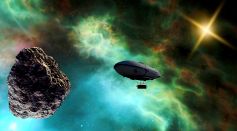
ESA Introduces NEOMIR Mission That Aims To Detect Hazardous Asteroids Outshone by Sun
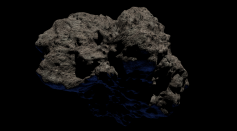
Primordial Asteroids Within the Solar System Are Hard To Destroy; Could Earth's Safety Be at Stake?
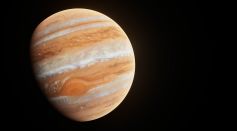
NASA's Lucy is on a Mission to Debunk the Mysterious Origins of the Solar System

Largest 'Potentially Hazardous' Near-Earth Objects Predicted To Have a Close Flyby in 2023
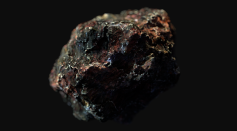
Future Cities Inside Asteroids Proposed in the Most Bizarre Concept Yet for Colonising Space
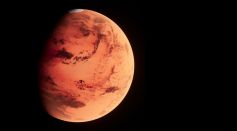
Did an Enormous Asteroid Cause a Super Tsunami That Devastated Mars? Researchers Think So
Will An Asteroid Hit Your Yard? Charred Plant Remains Analyzed to Validate Asteroid Strike Sites
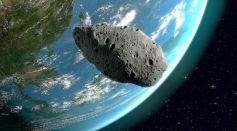
2 Building-Sized Asteroids Will Make a Close Approach Toward Earth This Weekend
Space Agencies Join Forces to Stop Future Asteroids from Hitting Earth, Threatening Humans

NASA Resolves Lucy Solar Array Issue; What's Next for the Asteroid Spacecraft as It Passes by Earth?
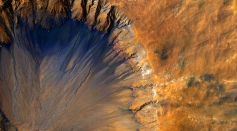
Scientists Explain the Physics Behind 2 Asteroids Hitting the Same Location Simultaneously
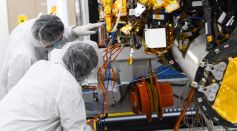
NASA Announces Delay of Its Psyche Mission to No Earlier Than September 20, Allowing More Time to Test Spacecraft Software

Origin of Life on Earth: What Do DNA, RNA, and Chemical Reactions in Asteroids Have to Do With It?

NASA Working On Stopping "City-Killer" Asteroids From Hitting Earth; How Prepared Is Humanity From Space Rocks?
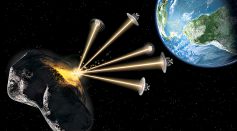
Pulverizing Asteroids Could Be Humanity's Only Chance to Survive an Incoming Space Rock on Short Notice
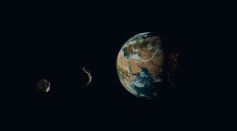
Youngest Pair of Near-Earth Asteroids Only 300 Years Old Spotted; When Will It Visit the Planet Again?

Consistent Impact Flux Of Asteroids That Scarred Mars for the Past 600 Years Not Random, Crater Detection Algorithm Suggests

What If a Big Asteroid Hits Earth? Scientists Explain the Extent of Danger

Zodiacal Light Spotted in 3 Potentially Habitable Exoplanets Classified as Super-Earths

Earth and Mars Believed to Be Formed By Collision Between Moon-Sized Rocks
Most Popular

Persistent Coughs Are Everywhere: Here's What Experts Think Is Causing It

Ancient Hotspot Found to Have Created Great Lakes 300 Million Years Ago

Mysterious Structures Discovered Beneath the Pacific Ocean, Puzzle Scientists

Health Benefits of Drinking Hot Chocolate





